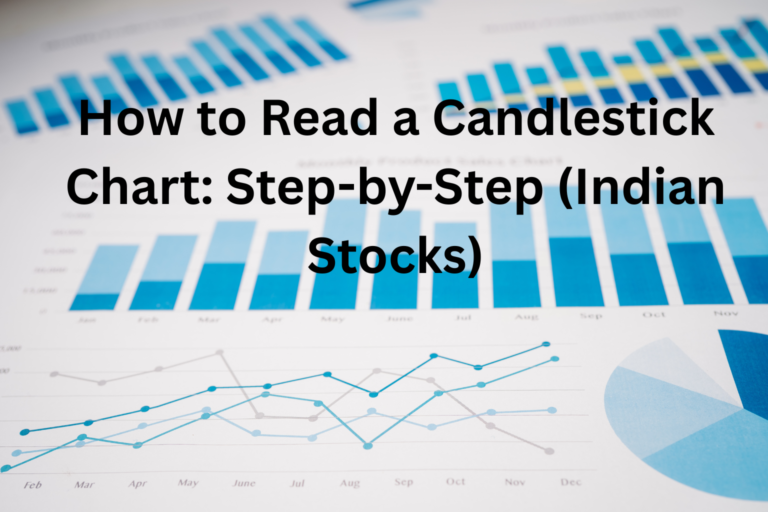How to Read a Candlestick Chart: Step-by-Step (Indian Stocks)
Candlestick charts are one of the most popular tools in technical analysis. Used widely in the Indian stock market, they provide a visual representation of price movements that help traders understand market sentiment, identify patterns, and time their trades more effectively. If you’re new to trading or investing in Indian stocks, this step-by-step guide will…
